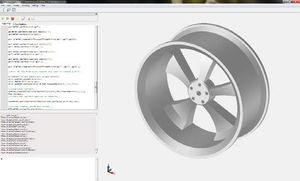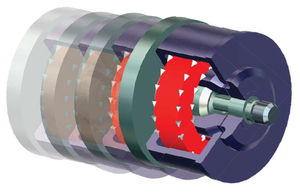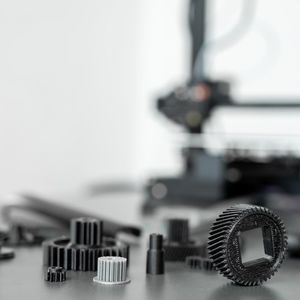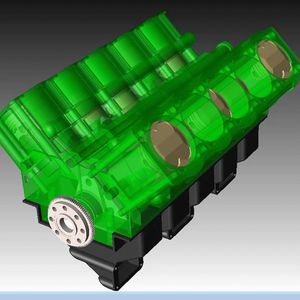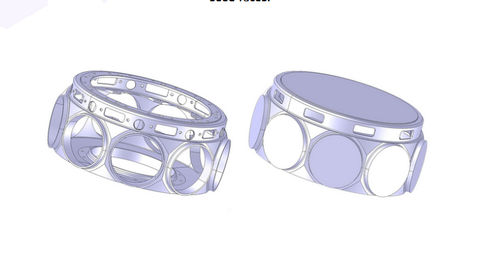
Analysis software CGM DefeaturingsimulationvisualizationCAD

Add to favorites
Compare this product
Characteristics
- Function
- analysis, simulation, visualization, CAD, design, quality, automation, solver
- Type
- real-time, automated
- Other characteristics
- SolidWorks
Description
Identify and remove features such as fillets and holes from CAD models to achieve the right level-of-detail for visualization, design, manufacturing or simulation.
Applications can use feature recognition along with face removal to build smart defeaturing workflows such as the elimination of specific hole types including counter bore holes, counter sunk holes, through holes, blind holes, and more.
CGM Defeaturing delivers automation by removing hole or fillet features in one-step without user input; for example deleting all the complex fillet chains on a CAD model without manual selection of seed faces.
Simplification for Simulation
CGM Defeaturing is customizable by filtering on hole or fillet size; small model details can be removed to reduce solver time and larger details needed in the analysis can be kept.
Level of Detail in Visualization
CAD Parts and assemblies created for manufacturing carry more detail than is needed for real-time rendering, CGM Defeaturing reduces model tessellation and improves visualization performance.
Fillet and Hole Removal
CGM Defeaturing supports standard hole types in CAD systems such as SolidWorks, Catia, etc but is also robust for complex real world scenarios. When removing fillets, CGM Defeaturing preserves model quality through robust surface extension algorithms allowing future modifications such as the application of drafts, chamfers, or direct edits.
Modeler and CAD Agnostic
CGM Defeaturing uses a geometrical recognition algorithm and supports Native CAD and formats which do not have feature tree information such as STEP, IGES, etc.
VIDEO
Catalogs
No catalogs are available for this product.
See all of SPATIAL‘s catalogsRelated Searches
- Automation software solution
- Management software solution
- Analysis software solution
- Windows software solution
- Computer-aided design software
- Real-time software solution
- Design software solution
- 3D software solution
- Measurement software
- Interface software
- Quality software
- Simulation software
- Visualization software solution
- Programming software
- Automated software
- Development software
- Engineering software
- 2D software
- Creation software
- Optimization software solution
*Prices are pre-tax. They exclude delivery charges and customs duties and do not include additional charges for installation or activation options. Prices are indicative only and may vary by country, with changes to the cost of raw materials and exchange rates.


